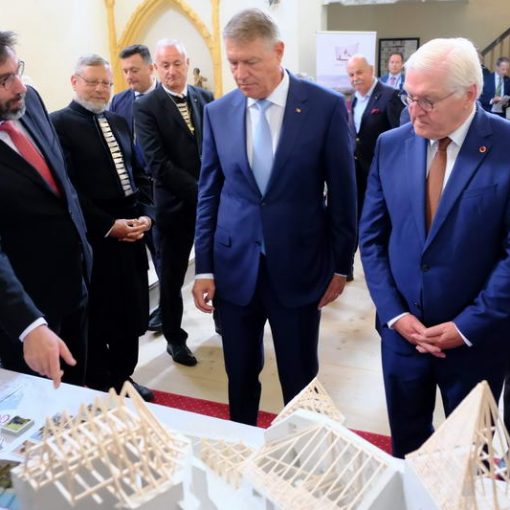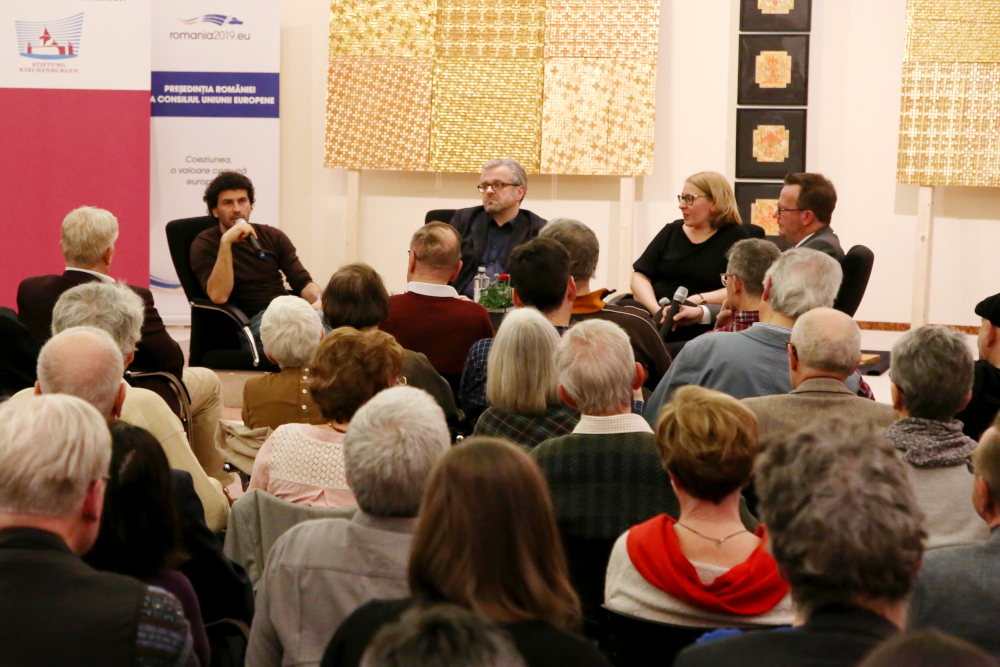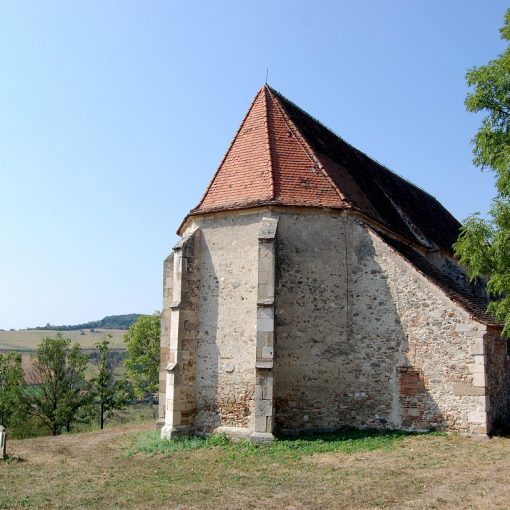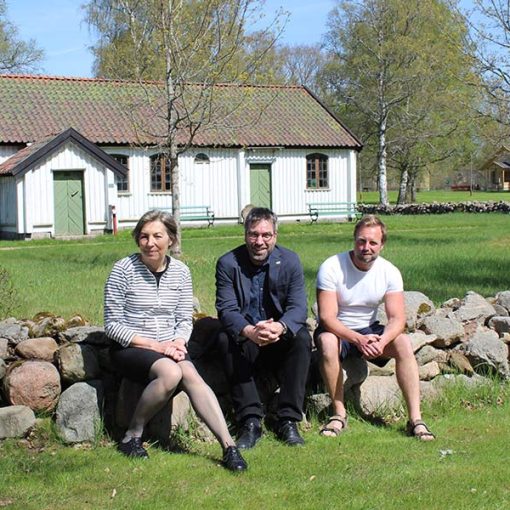“No, not directly,” explains Philipp Harfmann, Managing Director of the Fortified Churches Foundation: “But there are special challenges in Transylvania that have to be faced to prevent them from not going at all in the long run.” Since last year, an expert from Germany has been dealing with the solution of this task.
A master clockmaker from Heidelberg, who has been familiar with Transylvanian church clocks for over twenty years, has been taking care of individual, particularly interesting examples on behalf of the Fortified Churches Foundation since 2022. Most recently, Hosman, Cincșor, Nocrich, Apold and above all Șoarș near Făgăraș were on the expert’s list.
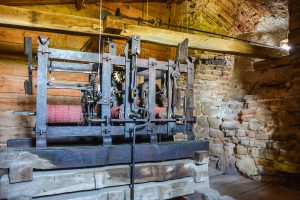
Because very few of the clocks installed in Transylvania are dated, the year of construction can usually only be estimated. However, based on the technology and the manufacturing method, it is possible to determine the approximate age. Șoarș is an exception. Components of the apparatus are marked with the signature “Carl Devai in Schäßburg” and the year “1843”. After a three-week professional intervention, the clock of St James’ Church is now in good working order again. The clock had last been repaired forty years ago.
The clockmaker was able to identify a particularly old clock in Hosman (datin from around 1700). The clocks of the fortified churches are characterized by their own style, which differs from those in more western parts of Europe. For example, hand-forged mechanisms were still common in this country in the mid-19th century, while industrially manufactured clocks were already being installed in most areas of Western Europe.
In most communities, the problem is that no one has been found, or even looked for, to take care of regular maintenance. Automation solutions seem obvious, but these in turn bring new problems: on the one hand, there is the question of whether one really wants to compromise the old, mostly hand-forged mechanism in favour of a modern solution. In order to preserve respect for the original substance, reversible models do exist, but these are usually particularly expensive. Even if one is willing to invest a lot of money in automation, the clock – including the motorized extension – still needs regular maintenance.
In Nocrich, the problem was solved perfectly: the scout group that runs the Nocrich Scout Centre in the parish house there regularly takes care of the clock,
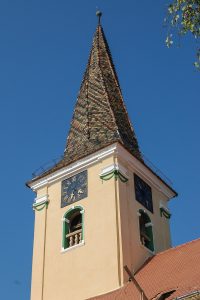
which dates back to the late 19th century and comes from the workshop of the Thuringian clockmaker Johann Ignaz Fuchs and is considered very rare. This is entirely in keeping with the clock programme launched by the Fortified Churches Foundation in 2022, explains Philipp Harfmann: “In most villages, the clock on the Protestant church tower is precisely the element that connects today’s majority population in the village with the fortified church. Who does not look at the clock from time to time? – Wherever we can, we now want to first repair the clock and make it workable, and then keep it in operation for as many years as possible. In the initial phase, this new programme of the Foundation was financed with funds from the German Federal Government Commissioner for Culture and the Media (BKM). From now on, we will continue to work with donations.”
Anyone who would like to help ensure that the clocks in the landscape of fortified churches work in the future can contribute by making a donation to the clock programme here.
Text und Photos: Stefan Bichler

